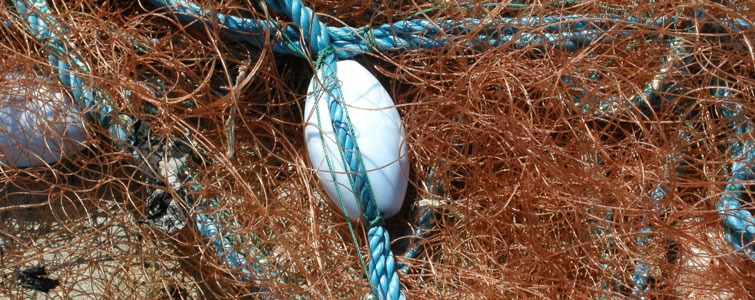Fishing, History of Achill Island in Co. Mayo

On Achill Island nearly each family had a boat and some of the family members were skilled fishermen. Fish were abundant; the most common fish were herrings.
The catch was carried on from August to Christmas. Herrings were salted and preserved in wooden barrels.
Fishermen used to bring herrings to Achill Sound where the fish was sold at the Fair, which used to be widely known and attract buyers from the mainland and many parts of Mayo alike.
Fishermen’s life was very tough, they used to eat fish or salted fish everyday. Often they gathered and cooked their meal ashore at a rock called “Carriage a’pota”, near Keem Bay, making a fire with the turf brought in a bag from home.
In the recent past, a basking shark fishery was located in Keem and Purteen Harbour.
Basking sharks were attracted by the warm waters of Clew Bay influenced by the nearby Gulf Stream, and local fishermen used to harpoon and net them.
Sharks were caught for their liver oil at first and then, when the prices for the oil declined, for their large characteristic fins and flesh which were also utilised in the Asian shark fin soup and ornamental markets.
Achill’s basking shark fishery was the best-recorded fishery in the world.
At its peak, it caught a total of 9000 sharks between 1950 and 1964; 1951 was a busy year with over 1,630 fish taken that year.
The story of this industrial-scale fishing of basking sharks inspired the documentary filmmaker Hugh Falkus to make a low-budget film about it: “Shark Island”.
This “docu-drama” is in connection with one of the most tragic drowning offshore Achill Island.
In 1932 Dr. O’Donnel-Browne caught by rod-and-line the largest porbeagle ( a species of mackerel shark) ever caught in Irish Waters just off Keep Bay. It weighed 165 kg, its head can be seen over the bar in the Achill Head Hotel.
